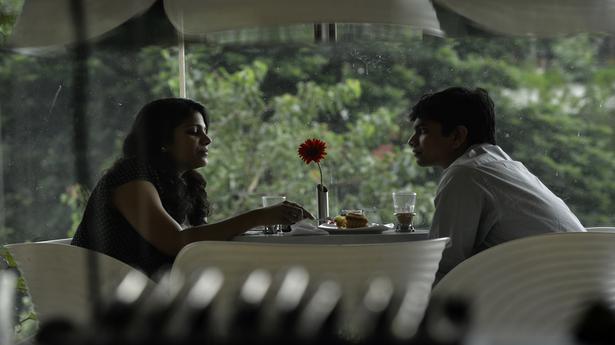
‘Wrong weather forecast’ puts coffee crop in Karnataka at risk
The Hindu
Expecting monsoon on June 1, farmers chopped off branches of shade trees exposing tender berries to summer-like sunlight
An ‘unfortunately’ incorrect weather forecast by India Meteorological Department (IMD) has put coffee farmers in Karnataka in jeopardy.
On the basis of the Met department’s prediction of an early monsoon, coffee growers in Karnataka prepared for rains on June 1. However, the coffee estates in Kodagu, Chikkamagaluru, Hassan districts are yet to see any sign of rain as on June 17.
Expecting monsoon in the first week of June 1, towards the end of May, most coffee farmers carried out shade regulation through chopping the branches of secondary shade trees on their plantations to ensure maximum sunlight on the plants during the monsoon. In the absence of rain, coffee plants are being exposed to excessive heat and summer-like sunlight.
Shade lopping (called dadap lopping, with dadaps being fast growing trees of the genus Erythrina) is undertaken just before or at the onset of monsoon as retaining thick shade during monsoon could lead to disruption of free flow of oxygen in the orchard, which may lead to berry dropping, wet foot condition and rotting of stalk.
Mandanna of Subramhanya Estate at Suntikoppa in Kodagu district says, “The entire coffee belt was set for the monsoon on June 1. But unfortunately, Met department’s weather prediction has gone haywire. A delayed monsoon has brought additional concerns to the coffee-growing community.”
According to him, coffee plantations should have ideally received 5 to 6 inches of rain in June, but, as of now, they have not received any rain so far.
“More than half of June has passed and monsoon is yet to set in. Rains are very critical for the development of berries, and also to keep white stem borer away from coffee plants,” said Mr. Mandanna, who is a member of the Coffee Board.

“Writing, in general, is a very solitary process,” says Yauvanika Chopra, Associate Director at The New India Foundation (NIF), which, earlier this year, announced the 12th edition of its NIF Book Fellowships for research and scholarship about Indian history after Independence. While authors, in general, are built for it, it can still get very lonely, says Chopra, pointing out that the fellowship’s community support is as valuable as the monetary benefits it offers. “There is a solid community of NIF fellows, trustees, language experts, jury members, all of whom are incredibly competent,” she says. “They really help make authors feel supported from manuscript to publication, so you never feel like you’re struggling through isolation.”

Several principals of government and private schools in Delhi on Tuesday said the Directorate of Education (DoE) circular from a day earlier, directing schools to conduct classes in ‘hybrid’ mode, had caused confusion regarding day-to-day operations as they did not know how many students would return to school from Wednesday and how would teachers instruct in two modes — online and in person — at once. The DoE circular on Monday had also stated that the option to “exercise online mode of education, wherever available, shall vest with the students and their guardians”. Several schoolteachers also expressed confusion regarding the DoE order. A government schoolteacher said he was unsure of how to cope with the resumption of physical classes, given that the order directing government offices to ensure that 50% of the employees work from home is still in place. On Monday, the Commission for Air Quality Management in the National Capital Region and Adjoining Areas (CAQM) had, on the orders of the Supreme Court, directed schools in Delhi-NCR to shift classes to the hybrid mode, following which the DoE had issued the circular. The court had urged the Centre’s pollution watchdog to consider restarting physical classes due to many students missing out on the mid-day meals and lacking the necessary means to attend classes online. The CAQM had, on November 20, asked schools in Delhi-NCR to shift to the online mode of teaching.









